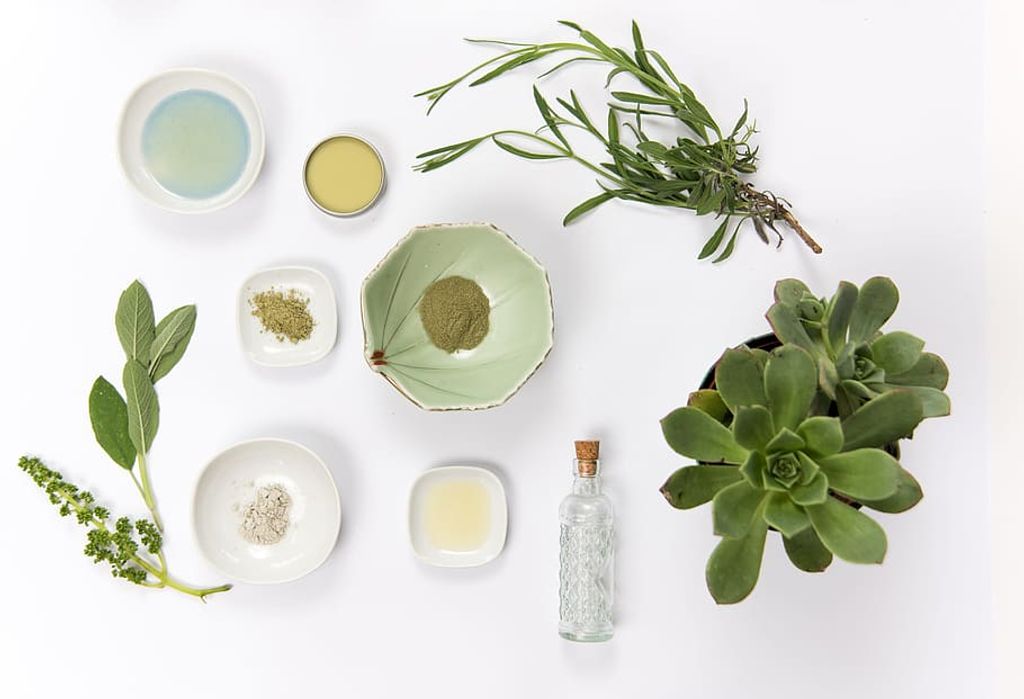
Subtle Hues: Is White a Color in Herbal Skincare?
Posted by Kristen Shelburg on
Subtle Hues: Is White a Color in Herbal Skincare?
In the world of herbal skincare, color plays a crucial role in determining the effectiveness and appeal of products. While vibrant hues often steal the spotlight, the understated beauty of white should not be overlooked. White ingredients in skincare products can offer a range of benefits, both in terms of symbolism and their impact on the skin. This article explores the concept of color in herbal skincare and delves into the significance of white in this context.
Key Takeaways
- Color perception in skincare is influenced by the science of how our eyes perceive light and reflectance.
- White is often associated with purity, cleanliness, and simplicity in skincare products.
- White ingredients such as kaolin clay and rice powder can provide gentle exfoliation and oil absorption.
- White herbal extracts like chamomile and aloe vera have soothing and calming properties for the skin.
- White packaging can evoke a sense of elegance and luxury, enhancing the overall product experience.
Understanding the Concept of Color in Herbal Skincare
The Science Behind Color Perception
Color perception is a fascinating aspect of human vision. Our ability to perceive and interpret different colors is influenced by various factors, including the wavelengths of light that objects reflect or emit. Insights into color perception can provide valuable information for understanding the role of color in herbal skincare.
The Role of Color in Skincare Products
Color plays a crucial role in skincare products. It not only enhances the visual appeal of the product but also influences our perception and experience. The color of a skincare product can evoke certain emotions and create a sense of trust and reliability. Additionally, color can be used to differentiate between different types of products or indicate specific properties. For example, a blue color may be associated with calming and soothing effects, while a green color may be linked to natural and organic ingredients. Understanding the role of color in skincare products can help us make informed choices and enhance our skincare routine.
Exploring the Significance of White in Herbal Skincare
The Symbolism of White in Skincare
In herbal skincare, the color white holds significant symbolism. It represents purity, cleanliness, and clarity. White ingredients are often associated with soothing and calming properties, making them ideal for sensitive or irritated skin. They can help reduce redness, inflammation, and promote a balanced complexion. One example of a white ingredient used in skincare is Smoketree Massage & Apothecary, which offers a range of products designed to nourish and heal the skin.
The Benefits of White Ingredients in Skincare Products
White ingredients in skincare products offer numerous benefits for our skin. These ingredients are known for their rejuvenating properties, helping to restore and revitalize the skin. They can help to improve skin tone and texture, reducing the appearance of blemishes and fine lines. White ingredients also have soothing and calming effects, making them ideal for sensitive or irritated skin. Additionally, they can provide hydration and moisture, leaving the skin feeling soft and supple. Incorporating skincare products with white ingredients into our routine can contribute to a healthier and more radiant complexion.
Conclusion
In conclusion, while white may not be considered a traditional color in herbal skincare, it plays a significant role in the symbolism and benefits of skincare products. The science behind color perception and the use of white ingredients in skincare highlight the importance of understanding the concept of color in herbal skincare. By incorporating white ingredients into skincare products, manufacturers can harness the power of symbolism and provide unique benefits to consumers. So, the next time you reach for a skincare product, consider the subtle hues of white and the impact they can have on your skincare routine.
Frequently Asked Questions
Is white considered a color in herbal skincare?
Yes, white is considered a color in herbal skincare. It plays a significant role in the appearance and effectiveness of skincare products.
What is the science behind color perception in skincare?
Color perception in skincare is influenced by the way our eyes and brain interpret different wavelengths of light. It can affect our perception of a product's effectiveness and appeal.
Why is color important in skincare products?
Color can impact our perception of a skincare product's quality, safety, and efficacy. It can also enhance the overall sensory experience and appeal of the product.
What does white symbolize in skincare?
White is often associated with purity, cleanliness, and freshness in skincare. It can give the impression of a product being gentle and suitable for all skin types.
What are the benefits of white ingredients in skincare products?
White ingredients in skincare products, such as white tea extract or rice bran oil, can offer various benefits. They may provide antioxidant properties, help brighten the skin, or have soothing and calming effects.
Are there any potential drawbacks to using white skincare products?
While white skincare products can be beneficial, it's important to consider individual sensitivities and allergies. Some white ingredients may cause irritation or adverse reactions in certain individuals.
